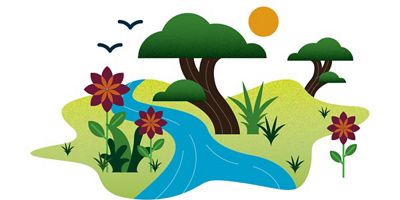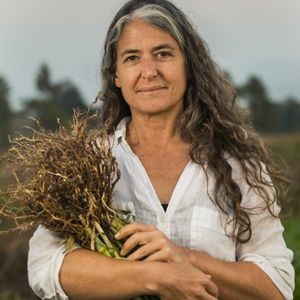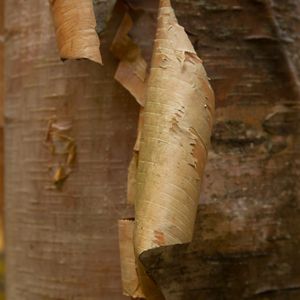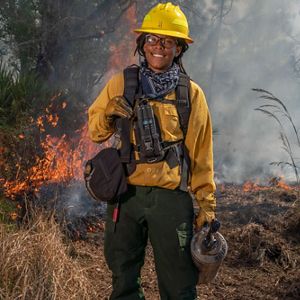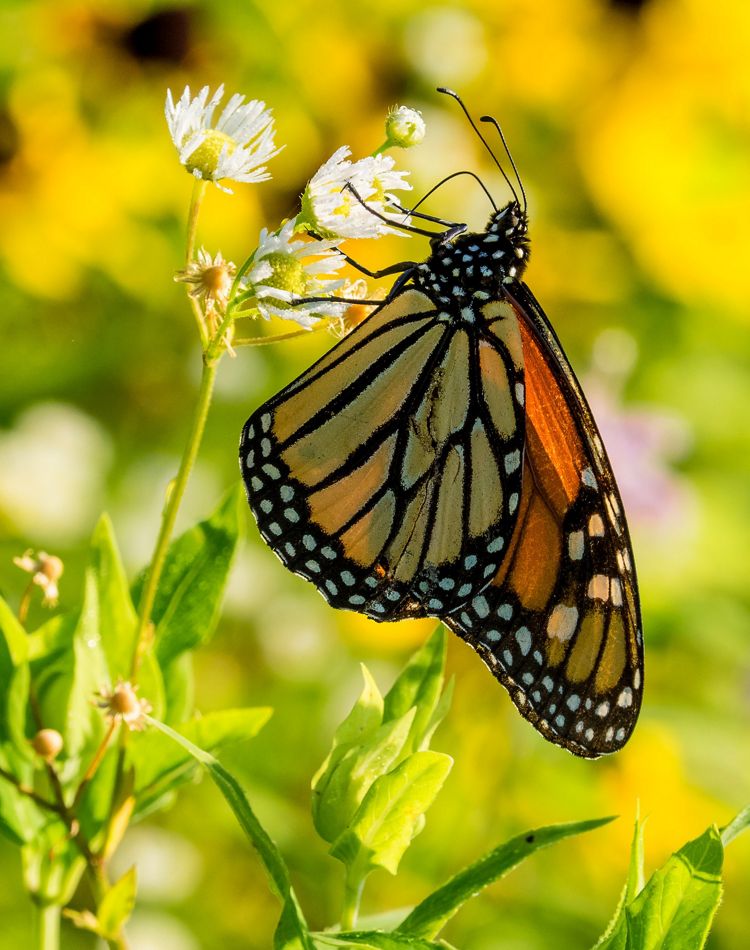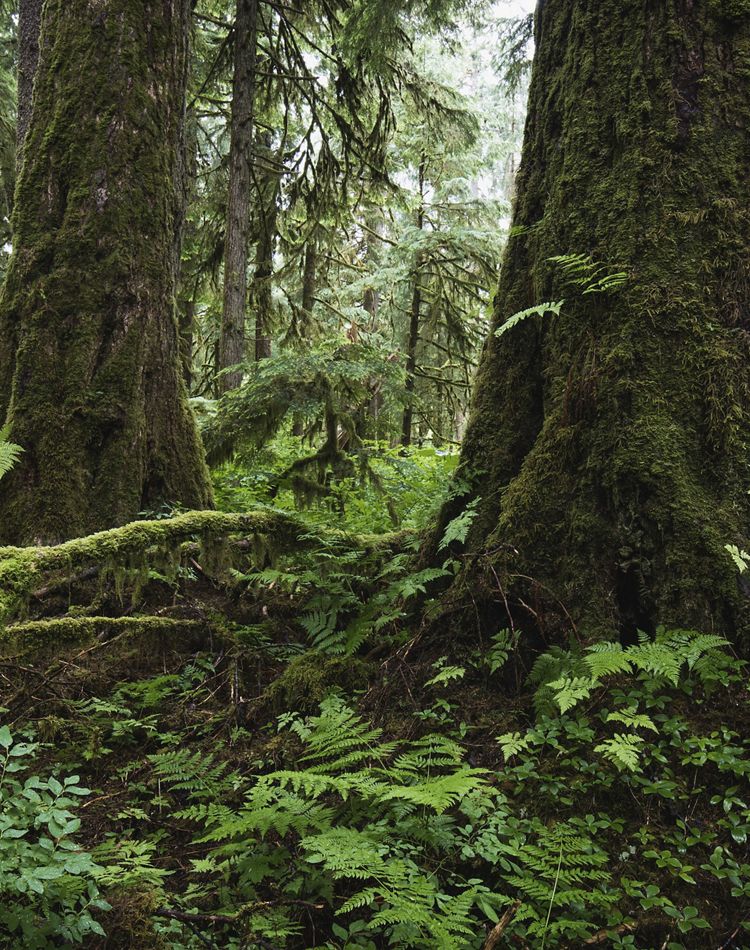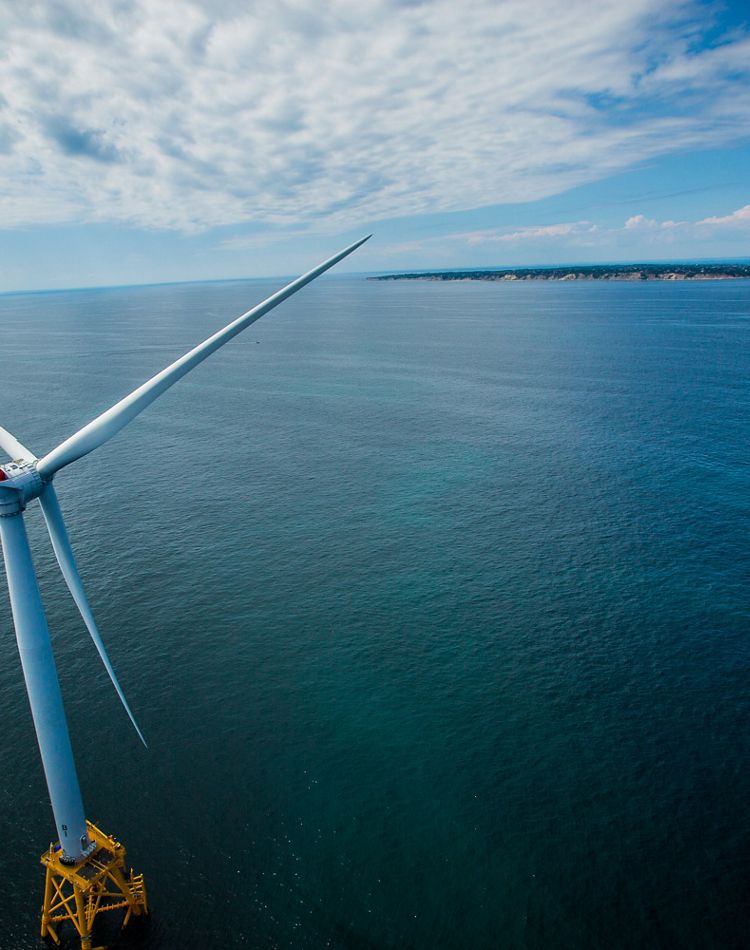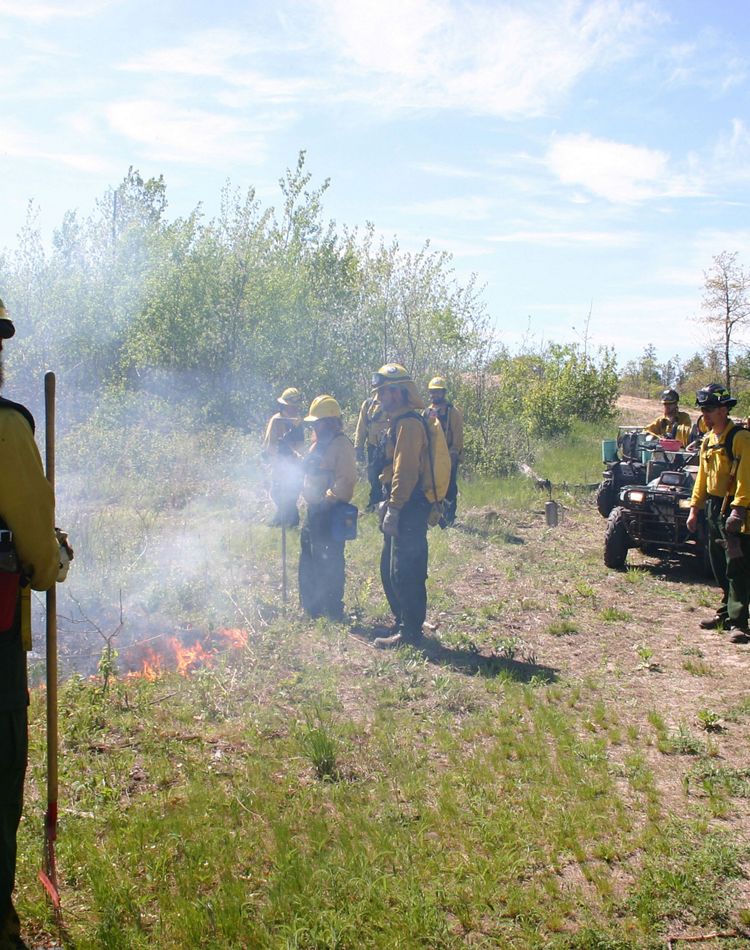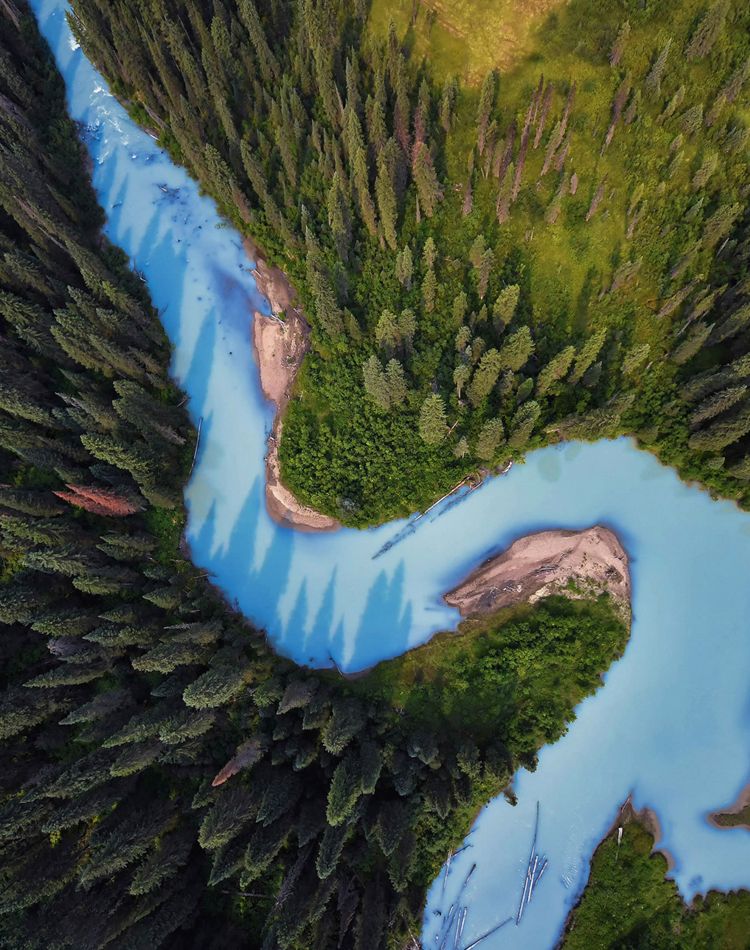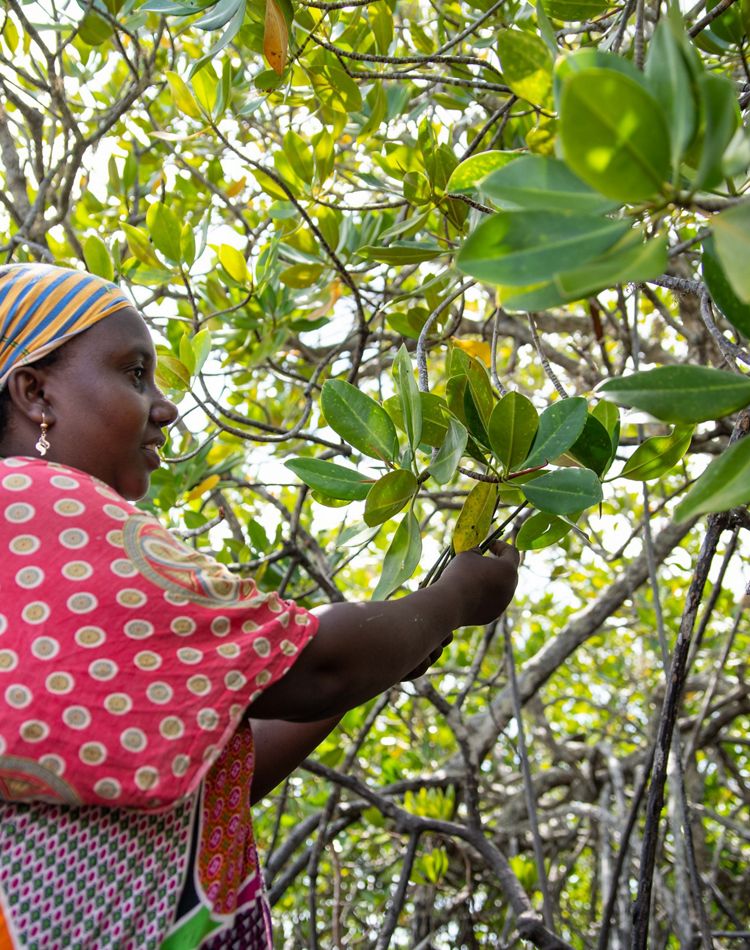Who We Are
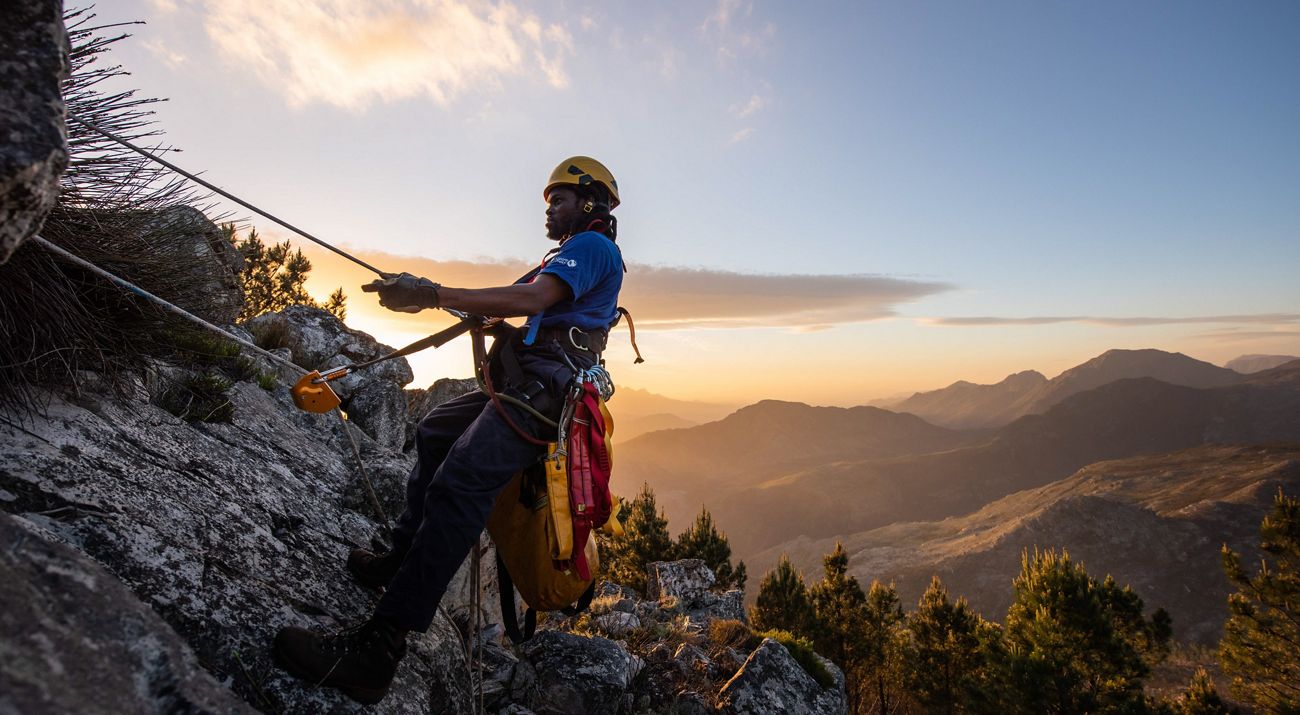
The Nature Conservancy is a global environmental nonprofit working to create a world where people and nature can thrive.
Founded in the U.S. through grassroots action in 1951, The Nature Conservancy (TNC) has grown to become one of the most effective and wide-reaching environmental organizations in the world. Thanks to more than a million members and the dedicated efforts of our diverse staff and over 1,000 scientists, we impact conservation in 83 countries and territories: 39 by direct conservation impact and 44 through partners.
Our Mission and Vision
-
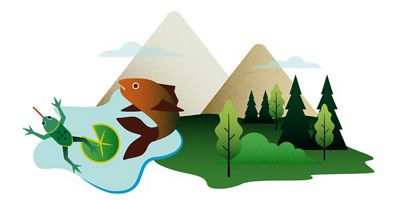
Our Mission
To conserve the lands and waters on which all life depends.
Together, We Find A Way
We must boldly address the biodiversity and climate crises. We're overcoming barriers to the change our planet needs.
What we do between now and 2030 will determine whether we avoid the worst impacts of climate change, conserve enough habitat to slow down species loss, and safeguard people.
How may we help you? Find answers to common questions about The Nature Conservancy. Learn about the organization's outreach, membership program, careers and more.
Get involved with The Nature Conservancy by volunteering, attending live or virtual events, taking direct action and lowering your carbon footprint.
Donate today and you’ll be a member, funding urgent direct conservation and advocacy where its needed most around the world.
By the Numbers
-
80+
We impact conservation in over 80 countries and territories.
-
100+
We operate more than 100 marine conservation projects.
-
1,000+
We have more than 1,000 scientists on staff.
-
125M+
We have protected more than 125 million acres of land.
Our Leaders
Meet the experts, scientists, leadership and staff that embody The Nature Conservancy’s spirit of innovation and drive to deliver tangible lasting results for both people and nature.
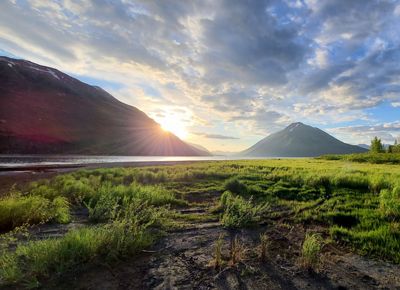
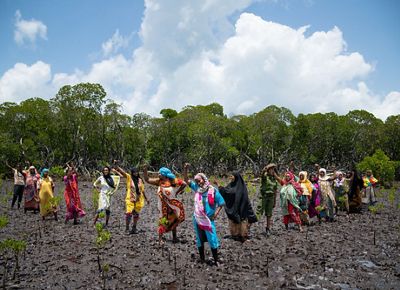
Achieving Across Common Ground and Great Divides
We develop breakthrough ideas, forge new paths to conservation funding, guide game-changing decisions and amplify local and Indigenous leadership.
An Organization You Can Trust
As a leading global charity, we put every dollar donated to work efficiently and effectively to make the greatest impact possible for conservation.

Highlights From Our Work

Stay up to date on Nature News
Join our monthly e-mail series, Nature News, to get the latest stories. Get a preview of Nature News
